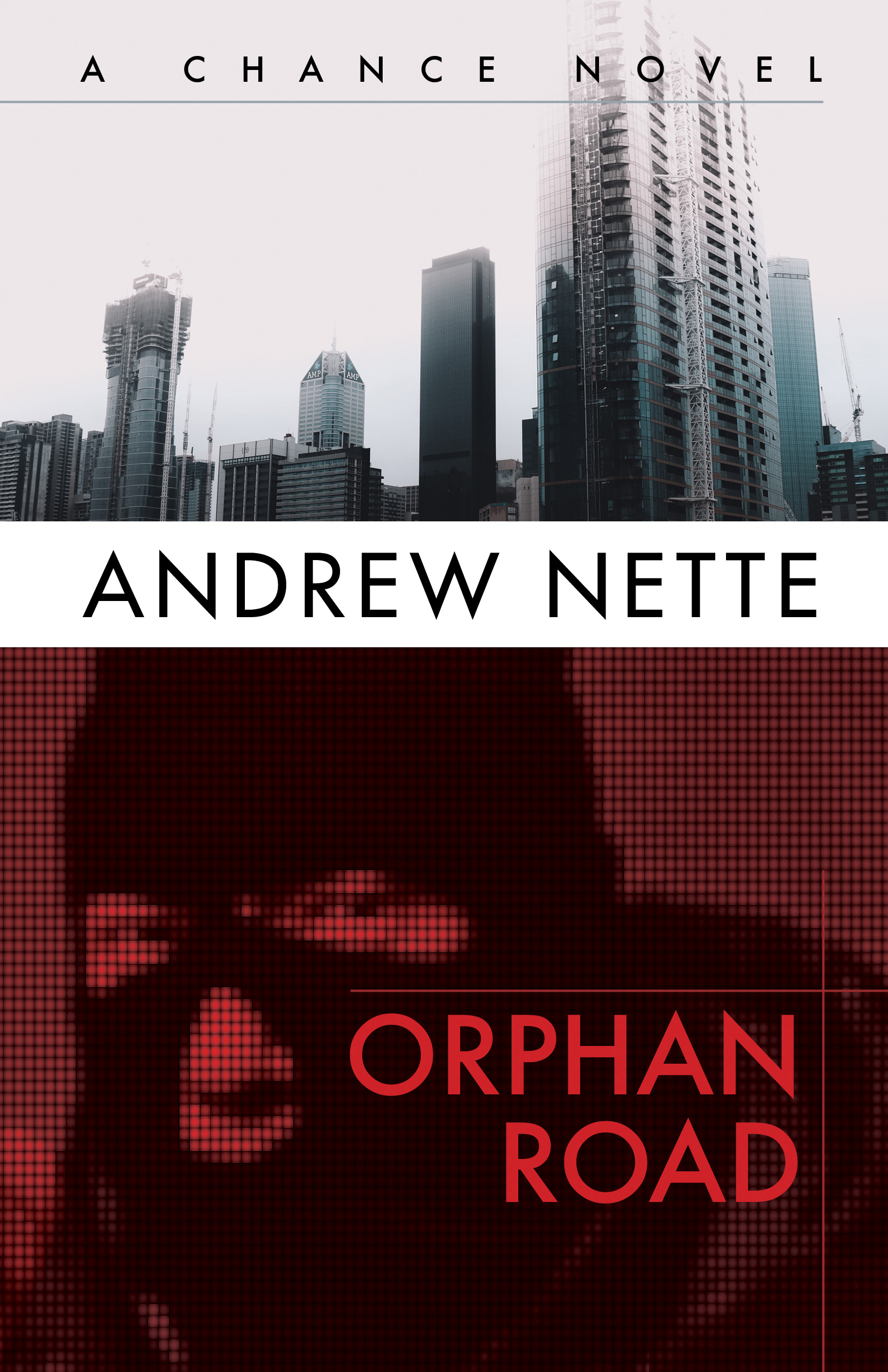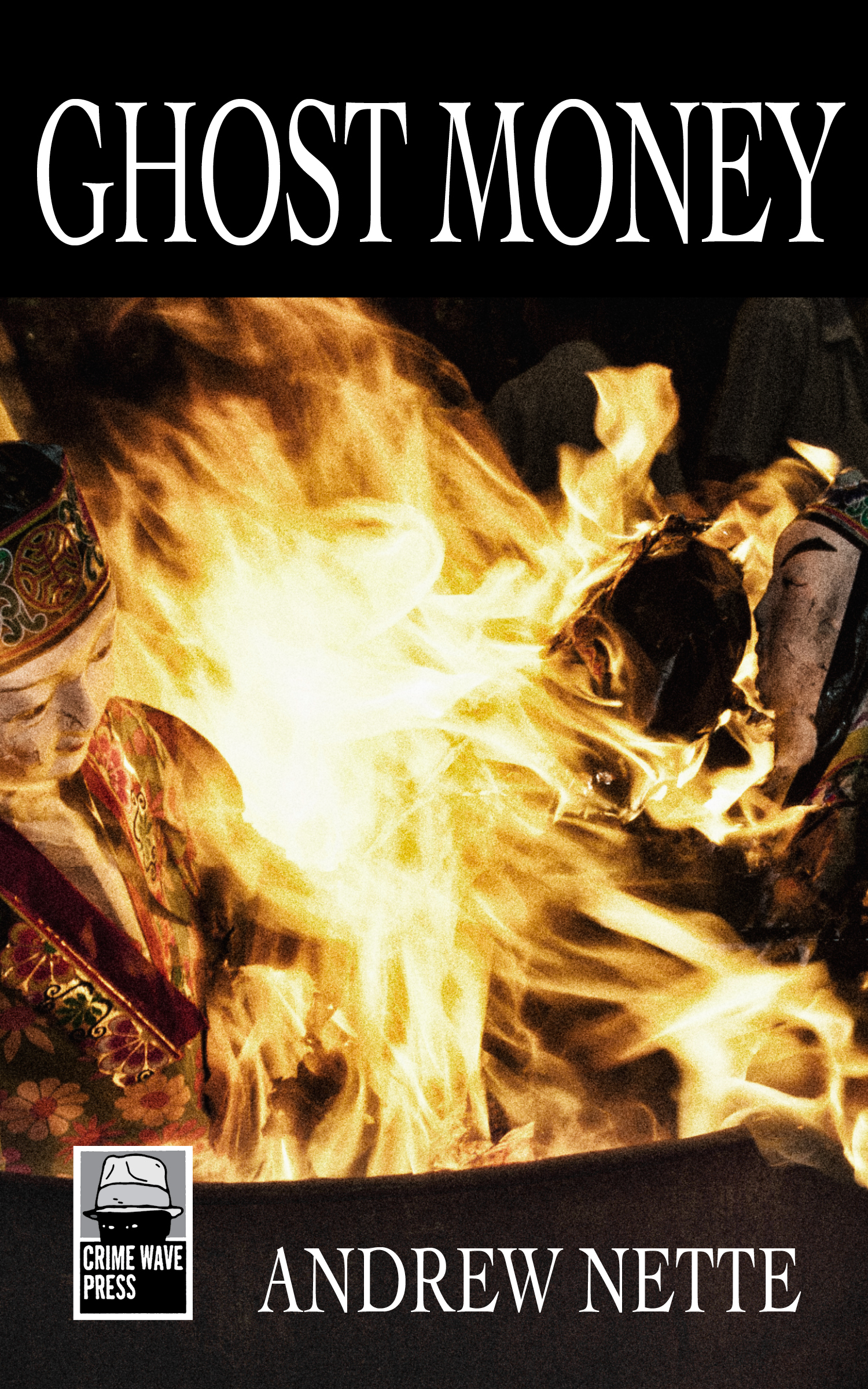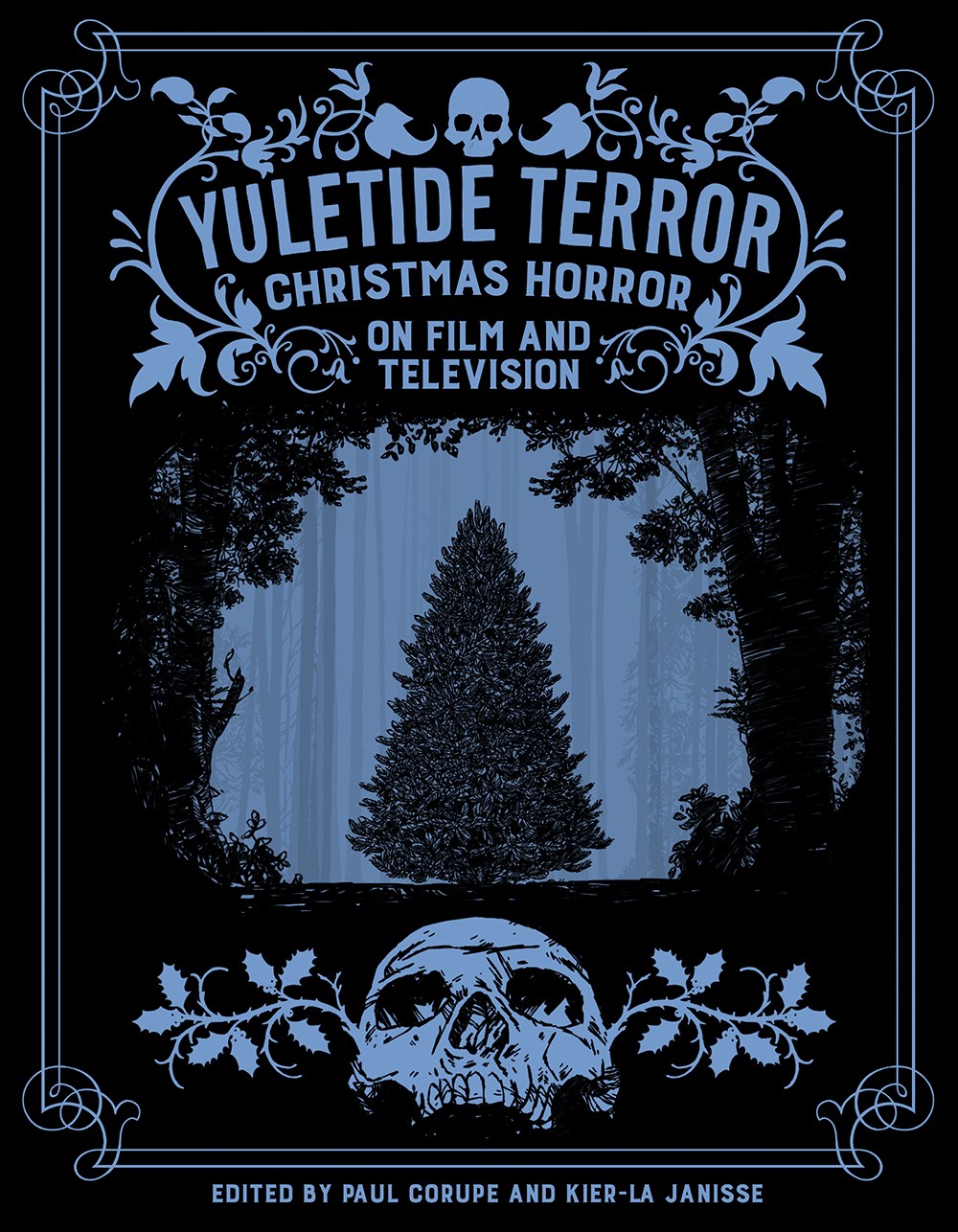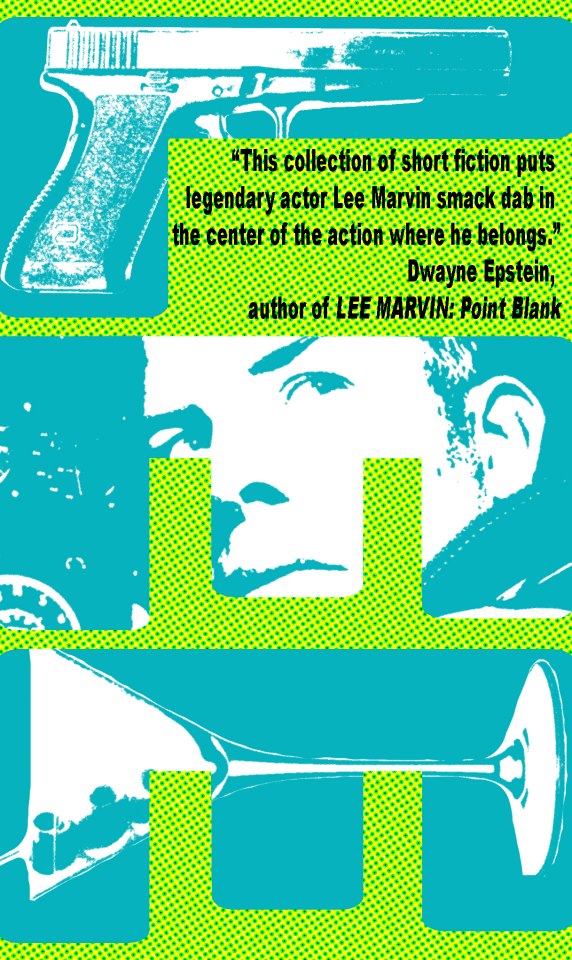Search
-
Recent Posts
- Dishing up Pulp Curry in a new way: why I am starting a Substack newsletter
- Book reviews: Deadly dames, midcentury Brit pulp and 1970s science fiction
- Mackenna’s Gold (1969): Gold, Ghosts and Frontier Violence
- Orphan Road book launch
- Orphan Road now available
- Pre-orders open for my new novel, Orphan Road
- Cover reveal: Orphan Road, my follow up to Gunshine State
- Breakfast in the Ruins podcast: New English Library Bikermania
- Why 1973 was the year Sidney Lumet took on police corruption
- Men’s Adventure Quarterly: Gang Girls issue
Categories
- 1960s American crime films
- 1970s American crime films
- 1980s American crime films
- 1990s American crime films
- Adrian McKinty
- Albert Dekker
- Andre De Toth
- Angela Savage
- Angie Dickinson
- Anthony Zerbe
- Asian noir
- Australian crime fiction
- Australian crime film
- Australian noir
- Australian popular culture
- Australian pulp fiction
- Australian television history
- Ava Gardner
- Beat culture
- Belmont Tower Books
- Ben Wheatley
- Billie Whitelaw
- Black pulp fiction
- Blaxsploitation
- Book cover design
- Book Reviews
- British crime cinema
- British pulp fiction
- Bryan Brown
- Burt Lancaster
- Carter Brown
- Charles Durning
- Charles Willeford
- Chester Himes
- Christopher G Moore
- Christopher Lee
- Cinema culture
- Claude Atkins
- Coronet Books
- Crawford Productions
- Crime Factory
- Crime Factory Publications
- Crime fiction
- Crime fiction and film from Africa
- Crime fiction and film from Cambodia
- Crime fiction and film from China
- Crime fiction and film from India
- Crime fiction and film from Indonesia
- Crime fiction and film from Japan
- Crime fiction and film from Laos
- Crime fiction and film from Latin and Central America
- Crime fiction and film from Malaysia
- Crime fiction and film from New Zealand
- Crime fiction and film from Scandinavia
- Crime fiction and film from Singapore
- Crime fiction and film from South Korea
- Crime fiction and film from Thailand
- Crime fiction and film from the Philippines
- Crime Fiction and film set in Vietnam
- Crime film
- Dangerous Visions and New Worlds Radical Science Fiction 1950 to 1985
- David Goodis
- David Peace
- David Whish-Wilson
- Derek Raymond
- Diana Dors
- Dirk Bogarde
- Don Siegel
- Don Winslow
- Donald Westlake aka Richard Stark
- Dystopian cinema
- Ernest Borgnine
- Eurocrime
- Fawcett Gold Medal Books
- Femme fatale
- Fernando Di Leo
- Filipino genre films
- Film Noir
- Forgotten Melbourne
- French cinema
- French crime fiction
- Garry Disher
- Gene Hackman
- George V Higgins
- Georges Simenon
- Ghost Money
- Giallo cinema
- Gil Brewer
- Girl Gangs, Biker Boys and Real Cool Cats: Pulp Fiction & Youth Culture, 1950-1980
- Gloria Grahame
- Gold Star Publications
- Gregory Peck
- Gunshine State
- Heist films
- Horror
- Horwitz Publications
- Humphrey Bogart
- Ian Fleming
- Interviews
- Ira Levin
- James Caan
- James Crumley
- James Ellroy
- James Hadley Chase
- James Woods
- Jim Brown
- Jim Thompson
- Joel Edgerton
- John Frankenheimer
- Joseph Losey
- Karen Black
- Kerry Greenwood
- Kinji Fukasaku
- Larry Kent
- Laura Elizabeth Woolett
- Lee Marvin
- Leigh Redhead
- Lindy Cameron
- M Emmet Walsh
- Mad Max
- Mafia
- Malla Nunn
- Martin Limon
- Megan Abbott
- Melbourne International Film Festival
- Melbourne Writers Festival
- Men's Adventure Magazines
- Michael Caine
- Michael Fassbender
- Mickey Spillane
- Monarch Books
- Ned Kelly Awards
- Neo Noir
- New English Library
- Newton Thornburg
- Noir Con
- Noir fiction
- Non-crime reviews
- Oren Moverman
- Orphan Road
- Ozsploitation
- Pan Books
- Parker
- Paul Newman
- Peter Boyle
- Peter Corris
- Peter Strickland
- Peter Yates
- Poliziotteschi
- Pulp fiction
- Pulp fiction in the 70s and 80s
- Pulp fiction set in Asia
- Pulp Friday
- Pulp paperback cover art
- Qui Xiaolong
- Raymond Chandler
- Richard Burton
- Richard Conte
- Robert Aldrich
- Robert Mitchum
- Robert Ryan
- Robert Stone
- Rock Hudson
- Roger Smith
- Rollerball
- Rosaleen Norton
- Roy Scheider
- Rural noir
- Sam Levene
- Sam Peckinpah
- Samuel Fuller
- Science fiction and fantasy
- Scripts Publications
- Sidney Lumet
- Sidney Poitier
- Simon Harvester
- Snowtown
- Snubnose Press
- Spies
- Stanley Baker
- Sterling Hayden
- Steve McQueen
- Sticking it the the Man Revolution and Counter Culture in Pulp and Popular Fiction 1950 1980
- Stuart Rosenberg
- Tandem Books
- Tart noir
- Tartan Noir
- Ted Lewis
- Toni Johnson Woods
- True crime
- Vicki Hendricks
- Victor Mature
- Vintage mug shots
- Vintage pulp paperback covers
- Wallace Stroby
- War film
- Westerns
- William Friedkin
- Woody Strode
- Yakuza films
- Yaphet Kotto
Nothing but noir
Recommended reading
The lurid world of pulp
- 20th century Danny Boy
- American Pulps
- Bear Alley
- Bloody, Spicy, Books
- Comics Down Under
- Everything second hand
- Existential Ennui
- Greenleaf Classic Books
- Irv O. Neil's Erotica is My Trade
- Killer Covers
- Lost Classics of Teen Lit 1939-1989
- Luminist Archives
- Men's Pulp Mags
- Mporcius Fiction Log
- Murder, Mayhem and Long Dogs
- Neglected Books
- Nocturnal Revelries
- Paperback Warrior
- Paperbacks of the Gods
- Pop Sensation
- Pulp artists
- Pulp Covers
- Pulp Crazy
- Pulp Flakes
- Pulp International
- Pulp Magazines Project
- Pulp Serenade
- Realms of the Night
- Romance Fiction Has a History
- Rough Edges
- Sin Street Sleaze
- Spy Guys and Gals
- The department of Afro American Research Arts & Culture
- The Dusty Bookcase
- The Haunted World of Richard Sala
- The Moon Lens
- The Nick Carter & Carter Brown Blog
- The Pulp & Paperback Fiction Reader
- Too Much Horror Fiction
- True Pulp Fiction
- Vault of Horror
- Vintage Nurse Romance Novels
- Vintage Romance Novels
- Welcome to the Pan Paperback
- Yellow and Creased
Support This Site
If you like what I do please support me on Ko-fi
Author Archives: Andrew Nette
MacKenna’s Gold: gold, ghosts and frontier violence

1969 was arguably the year Hollywood fully embraced the revisionist western. In addition to Peckinpah’s The Wild Bunch, there was True Grit, Tell Them Willy Boy is Here, Death of a Gunfighter, and Midnight Cowboy. As well as playing with notions of ‘the cowboy’ and ‘the West’, they contained more stylised violence, more sex and stories that overtly fed off the cynicism and disillusionment of America’s war in Vietnam and domestic racial strife.
Released in May that year, Mackenna’s Gold straddles the divide between the classic big studio western and its revisionist successors. Headed up by Gregory Peck and Omar Sharif, the film boasts a cast to kill for. It is also a story filled with supernatural elements, in which humans are haunted not only by spirits guarding a lost canyon full of gold but by their own greed and paranoia.
In my debut for a website I have admired for some time, Diabolique Magazine, I wrote about gold, ghosts and frontier violence in MacKenna’s Gold. You can read the entire article on their site via this link. Enjoy.… Read more
Posted in 1960s American crime films, Crime fiction and film from India, Gregory Peck, Westerns
Tagged Anthony Quayle, Burgess Meredith, Carl Foreman, Carmilla Sparv, Eduardo Ciannelli, Edward G Robinson, Eli Wallach, Gold in westerns, J Lee Thompson, Jilie Newmar, Keenan Wynn, Lee J Cobb, MacKenna's Gold (1969), Omar Shariff, Revisionist westerns, Ted Cassidy, Westerns
Dirk Bogarde twilight of the British empire double feature

In a simpler, less stressful time, i.e., a couple of weeks ago, I was looking forward to the start of Melbourne Cinematheque’s season of Dirk Bogarde films. For obvious reasons it was not to be. So I thought I would undertake my own mini-festival in memory of one of my favourite British actors, focusing on his lesser known films.
I might post on a few of these over the next couple of weeks but, for now, the Rank Organisation’s Simba (1955) is first cab off the rank. The movie takes place at the height of what was termed the Mau Mau Uprising, a rebellion by a number of Kenyan tribes against British colonial rule. It began in the early 1950s and lasted until 1960, when the British finally managed to crush the rebels using tactics that they had learnt fighting communist rebels in Malaya around the same period.
Bogarde plays Alan Howard, a somewhat footloose Englishman who visits his farmer brother in Kenya. No sooner has Howard stepped off the plane plan and been picked up by the daughter of another farmer, Mary Crawford (Virginia McKenna, better known for her lead role in the 1956 film, A Town Like Alice), who it is inferred he has a past with, than he discovers his brother has been murdered by the Mau Mai.… Read more
Pulp Friday: memoirs of a cover girl

So much of the allure of pulp fiction, whether it was in magazine or paperback format, revolved around the cover art. It was designed to impart a gamut of sensations, from the simply outré and thrilling, to downright lurid and shocking. And the central design aspect of the majority of this material was a woman, usually provocatively posed and scantily clad, depicted ‘in media res’, Latin for ‘in the middle of’ things. Publishers hoped that this would generate interest from the passing buyer, who they believed was usually male and, looking at the cover, would start to fill in the mental blanks and purchase said print material to read and discover for themselves if they were right (how disappointed they often must have been).
We know virtually nothing about the women who were the cover model subjects for these covers. This is what makes Eva: men’s adventure supermodel a vital book. It is the first work I can think of that actually provides the inside story of one of the women who worked in the pulp fiction industry, told by the woman herself.
The individual concerned, Eva Lynd, was born in Sweden in 1937 as Eva Margareta von Fielitz. She arrived in New York in 1950 at the age of 12, eventually started to do theatre and by the second half of the 1950s was appearing in small roles in television and film.… Read more
Posted in Men's Adventure Magazines, Pulp fiction, Pulp fiction in the 70s and 80s, Pulp Friday, Pulp paperback cover art
Tagged Al Rossi, Eva Lynd, James Bama, magazine culture, Men's adventure magazines, midcentury magazine, Midcentury pulp fiction, Norm Eastman, Peter Brasch, pulp cover model, Steve Holland
Rewatching French Connection II

Can we talk for a moment about just how good John Frankenheimer’s 1975 movie French Connection IIis?
It did okay but not spectacular business on release but I feel like it has never received much love from critics and crime film fans alike, for a number of reasons.
Firstly, it is a sequel and with few exceptions, like oft citedThe Godfather II (1974), we are always pretty meh about sequels, and rightly so.
Second, is the shadow of the 1971 original, The French Connection, which won a tonne of Oscars, including best picture, best actor for Gene Hackman as Detective Jimmy ‘Popeye’ Doyle, and best director for the then wunderkind, William Friedkin, and is one of the most famous, if not the most famous American crime film of the 1970s.
Third, is the director, John Frankenheimer, who started his career strong with The Manchurian Candidate (1962) and The Train (1964 ), but with a few exceptions – 52 Pick-Up (1986), the nasty little film he did for Canon, and The Island of Dr Moreau (1996), which I know a lot of people hate on but I love – didn’t seem to do a whole lot else of particular note. It is a filmography I have always found hard to engage with and I probably need to make more effort.… Read more
Posted in 1970s American crime films, 1980s American crime films, Gene Hackman, John Frankenheimer, Neo Noir, William Friedkin
Tagged 52 Pick Up (1986), Bernard Fresson, Black Rain (1989), crime fiction and film set in Marsaille, Fernando Rey, Gene Hackman, heroin in crime films, John Frankenheimer, The French Connection (1971), The French Connection II (1975), The Island of Dr Moreau (1996), The Manchurian Candidate (1962), The Train (1964), William Friedkin




















